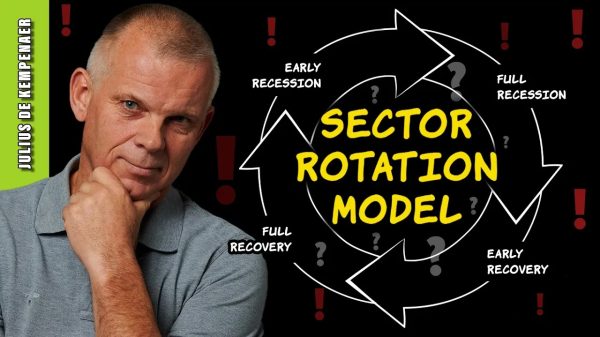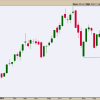Federal Reserve officials have been hoping for evidence that inflation is returning to target. The latest data from the Bureau of Economic Analysis (BEA) should give them some confidence. The Personal Consumption Expenditures Price Index (PCEPI), which is the Fed’s preferred measure of inflation, grew at a continuously compounding annual rate of 0.9 percent in June 2024, bringing the three-month average annualized rate down to 1.5 percent. The PCEPI has grown 2.5 percent over the last year and 3.7 percent per year since January 2020, just prior to the pandemic. Prices today are 8.8 percentage points higher than they would have been had the Fed hit its 2-percent inflation target over the period.
Core inflation, which excludes volatile food and energy prices, also remains low. Core PCEPI grew at a continuously compounding annual rate of 2.2 percent in June 2024, and 2.3 percent over the last three months. Year-on-year core PCEPI growth is now 2.6 percent, compared with the 3.6 percent core PCEPI inflation realized per year since January 2020.
Figure 1. Headline and Core Personal Consumption Expenditures Price Index with 2-percent Trend, January 2020 – June 2024The latest inflation data amounts to more good news for the Federal Open Market Committee (FOMC), which is scheduled to meet next week. The FOMC has held its federal funds rate target in the current 5.25 to 5.5 percent range since July 2023. In a statement released following its meeting in June, the FOMC said it would not likely cut its federal funds rate target before gaining “greater confidence that inflation is moving sustainably toward 2 percent.”
Earlier this month, Fed Governor Christopher Waller said the evidence was “mounting that the first quarter inflation data may have been an aberration and that the effects of tighter monetary policy have corralled high inflation.” But he also recognized the two-sided risks the Fed now faces:
On the one hand, it is essential that monetary policy get inflation down to a sustained level of 2 percent. If we start to loosen policy too soon, and allow inflation to flare up again, we risk losing credibility with the public and allowing expectations of future inflation to become unanchored. That credibility has helped inflation fall as quickly as it has in the past 18 months and squandering it would be a grave mistake. […] The other risk is that we wait too long to ease monetary policy and contribute to a significant economic slowdown or a recession, with unemployment rising notably.
Waller said he believed “we are getting closer to the time when a cut in the policy rate is warranted.”
Fed Chair Jerome Powell has also acknowledged the progress on inflation. In a conversation with David Rubenstein on July 15, Powell said the FOMC “didn’t gain any additional confidence in the first quarter. But the three readings in the second quarter […] do add somewhat to confidence.”
Powell confirmed that the Fed would not wait for the annual inflation rate to return to 2 percent before cutting the federal funds rate target. “If you wait until inflation gets all the way down to 2 percent, you’ve probably waited too long,” Powell said, “because the tightening that you’re doing or the level of tightness that you have is still having effects which will probably drive inflation below 2 percent.”
Despite the progress made on inflation over the last three months, and the risk of overtightening noted by Waller and Powell, the FOMC is unlikely to cut its federal funds rate target next week. The CME Group puts the odds at just 6.7 percent.
Figure 2. Target Rate Probabilities Reported by the CME Group for the September 18, 2024 FOMC meeting, as of July 26, 2024.More likely, the FOMC will begin cutting its target rate in September. Indeed, the question implied by futures prices is not whether the FOMC will cut by September but by how much. There is currently an 87.7 percent chance that the federal funds rate target will be 25 basis points lower following the September meeting; an 11.9 percent chance it will be 50 basis points lower; and a 0.4 percent chance it will be 75 basis points lower.
Rate cuts are coming. With inflation falling so far over the last three months, we must hope they come soon enough — and deep enough — to prevent a recession.

































